Loveseat
April 29th, 20194/29/2019 Guy Tal: "For all the convenience and prosperity brought on by the internet, among its most tragic consequences is that so many spend so much of their time in human-made virtual worlds. In thinking about my experience right now, in contrast with that of millions mindlessly entertained, influenced, and marketed to through gadgets and screens, I wonder how many will regret—or even know to regret—not dedicating some significant portion of their lives to the raw sensations of the world for which we were shared in the course of billions of years of evolution."
I just spent several days in the Everglades and at the Canaveral National Seashore, and in a couple of weeks I'm off to Yosemite. Take some time like that and Tal's comments above seem sadly obvious when one looks around at all the people—young, middle-aged, old, black, white, male, female—with their heads down looking at a screen instead of lifting up their senses to the "raw sensations" of the glorious world around them. Above: anhinga in the Everglades. April 21st, 20194/21/2019  The other evening, coming home, I looked up to see the moon: full, round, bright, astonishing. When I got home, I went across to the bay and made this image. It doesn't do quite right by the moon (I only had my cell phone with me, and I'm not a very good cell phone photographer), but it captures some of the mood . . . I will be away most of this week, so this may be the only post. I'm going to the Everglades and Canaveral with my son and daughter-in-law; it should be a good trip. I haven't been to either of those places in a long while. April 18th, 20194/18/2019 George Perkins Marsh: "To the natural philosopher, the descriptive poet, the painter, and the sculptor, as well as the common observer, the power most important to cultivate, and at the same time, the hardest to acquire, is that of seeing what is before him. Sight is a faculty; seeing, an art."
April 15th, 20194/15/2019 Gary Snyder: "In this world of onrushing events, the act of meditation—even just a 'one-breath' meditation: straightening the back, clearing the mind for a moment—is like a refreshing island in the stream . . . [meditation] is a simple and plain phenomenon. Deliberate stillness and silence. As anyone who has done this knows, the quieted mind has many paths, may of them tedious and ordinary—and then sometimes unexpected. But meditation is always instructive, and there is ample testimony that a practice of meditation pursued over months and years brings some degree of self-understanding, serenity, focus, and self-confidence to the person who stays with it."
April 11th, 20194/11/2019 Mark Doty: " . . . the city's lovely,
crowded dream, which closes you into itself like a folding screen." April 08th, 20194/8/2019 Japanese aesthetics includes the idea of wabi-sabi, seeing beauty in what is imperfect, impermanent, and/or incomplete When I noticed this urn, I was reminded of that language. In its imperfection and its reminder that nothing is forever, I thought it was a good example of wabi-sabi.
April 04th, 20194/4/2019 Guy Tal: "Not everyone will understand my art, and that's OK. Those who do, however, will also understand me, beyond the hindrances of lesser human preoccupations or the bothersome things that divide and force us to take sides on various matters. When you connect with art, you connect with the artist, without regard to their appearance or language, politics, religion or nationality; you connect with them . . . as incarnations of consciousness . . ."
April 01st, 20194/1/2019 Makoto Fujimura: "(O)ur imaginative capacities carry a responsibility to heal, every bit as much as they carry a responsibility to depict angst . . . we need, as van Gogh did in his drawings, to sow the seeds of renewal and hope . . . If we are to see art as an integrative force, then we must recover the language of hope in exile."
Categories |
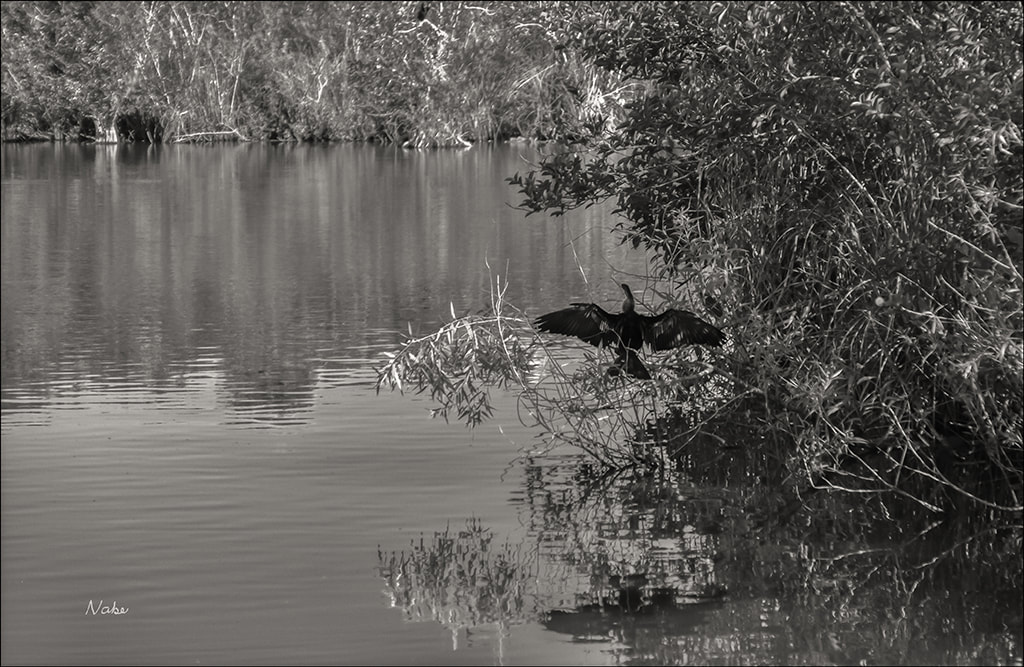
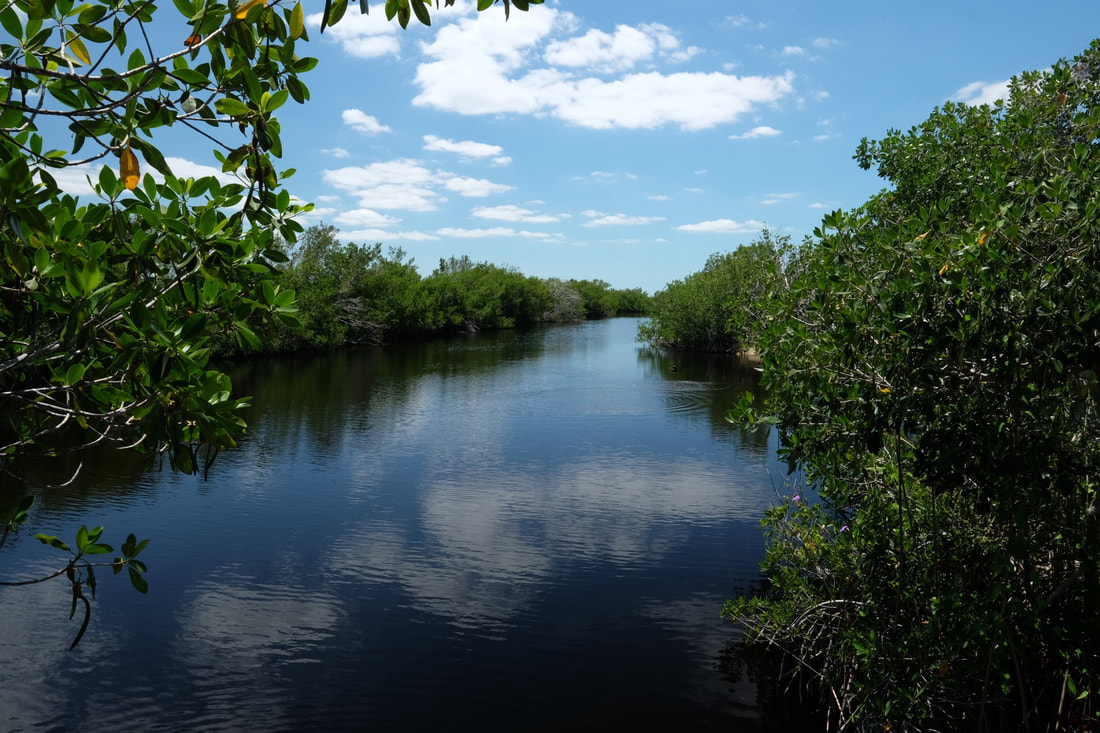
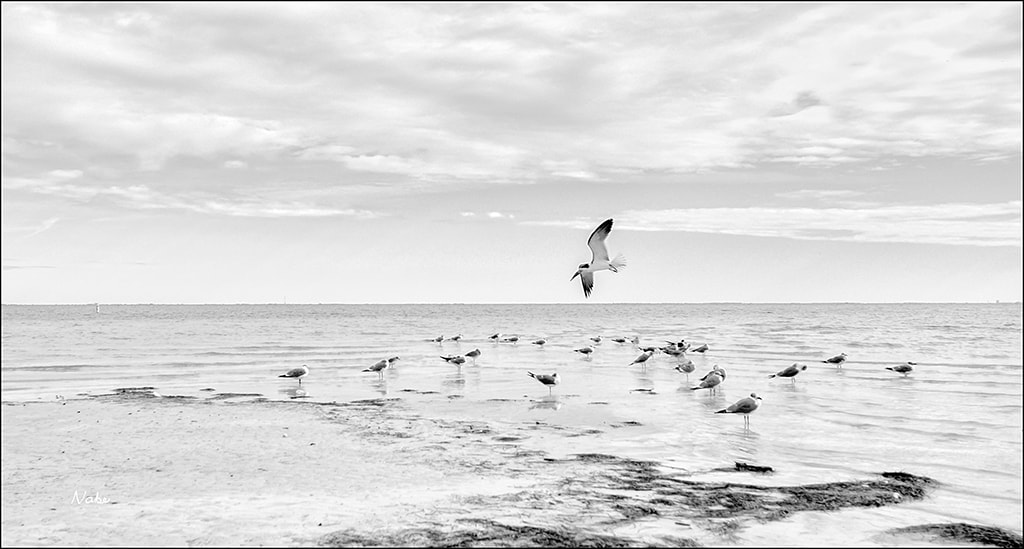
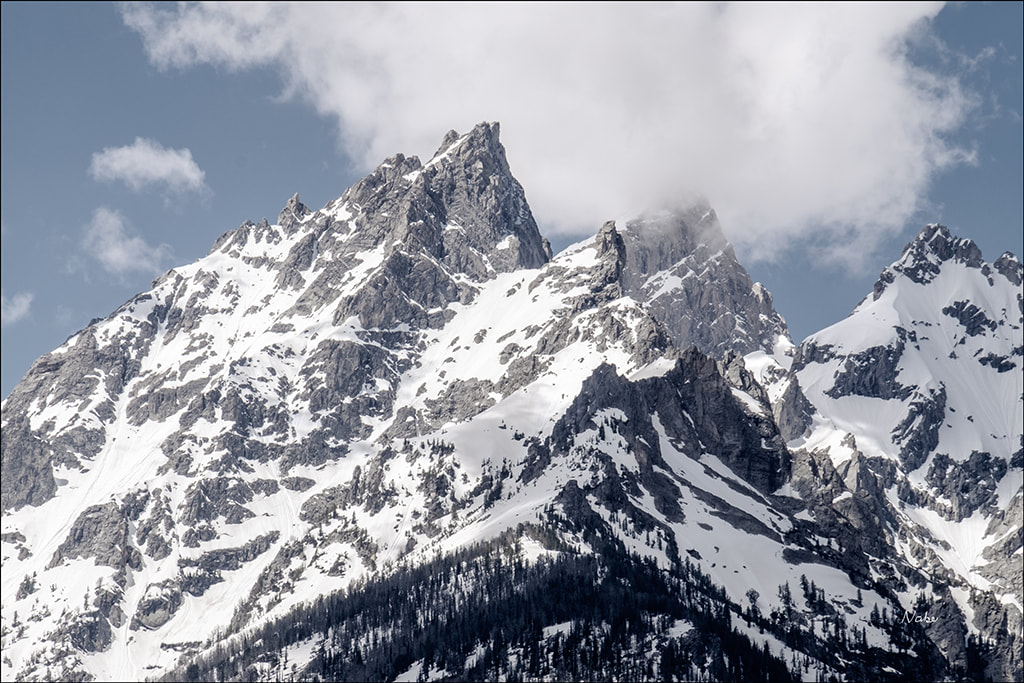

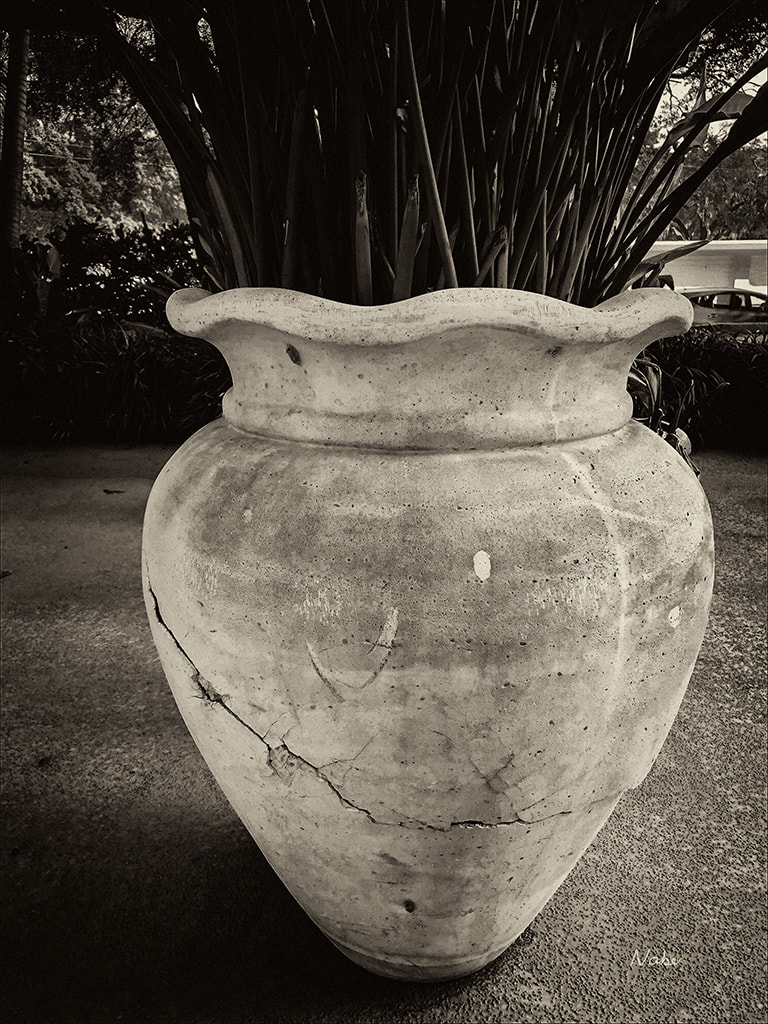
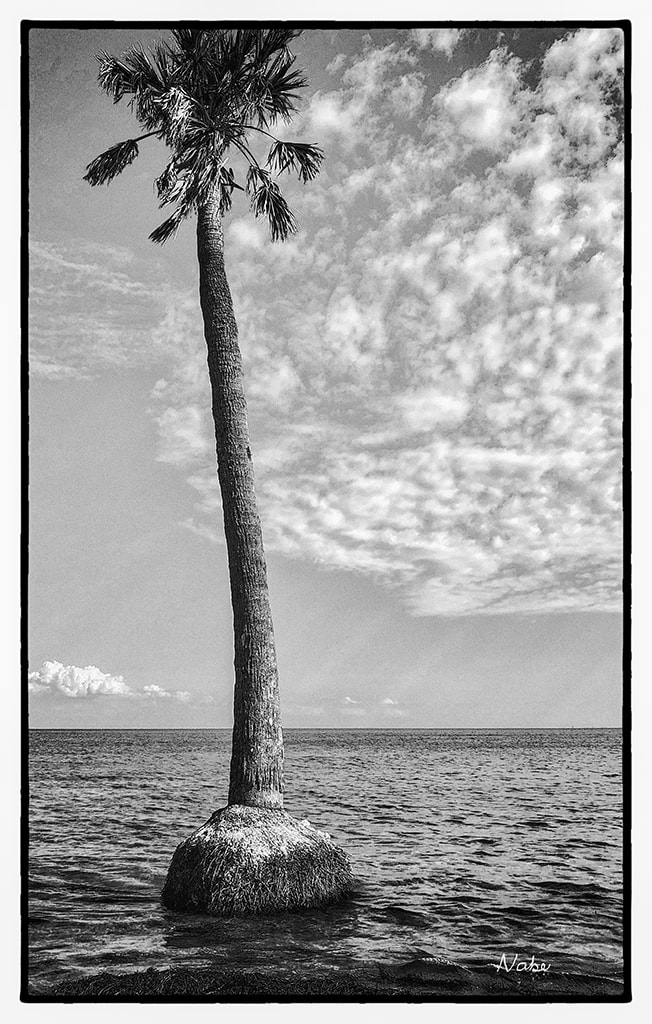
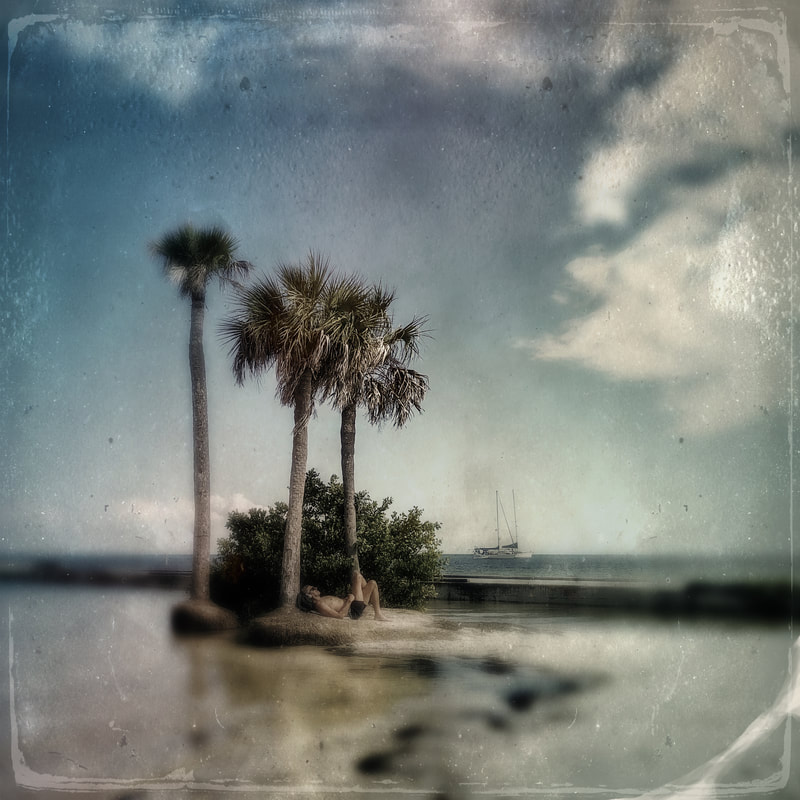
 RSS Feed
RSS Feed